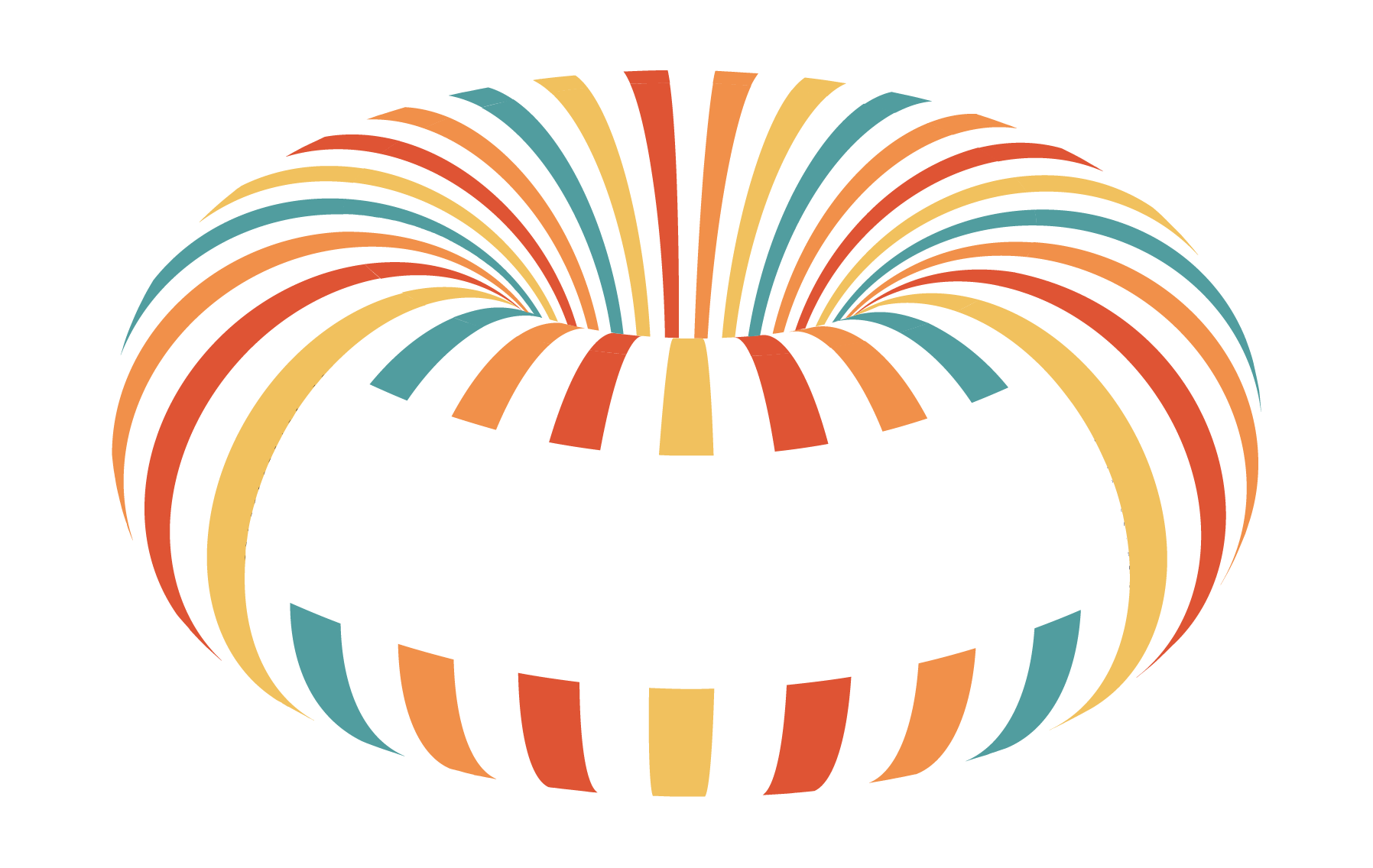TORUS officially started in October 2023, and we have recently celebrated our one-year anniversary! It has been a busy first year with colleagues building up new relationships with people they have not worked with before, and lots of exciting collaborative activity taking place.
In addition to the 17 academics/co-investigators working on TORUS we have successfully recruited 11 researchers (research associates, senior research associates and research fellows) and four professional services staff, all playing a pivotal role on the project.

Image: Some of the TORUS team from the kick off meeting in November 2023.
We have established the project governance structure, including setting up the External Advisory Board and the Patient Council. The External Advisory Board consists of representatives from pharma, charities, academia, industry and a public member and is there to provide strategic advice and guidance. We held our first online meeting in May and the second in October. The Patient Council consists of people with lived experience of Parkinson’s (PwLE) and has an important role in ensuring the patient voice is heard throughout the project. We held our first Patient Council meeting in July, with the second scheduled for November.
The beginning of 2024 focussed on establishing the key areas of priority for TORUS, looking at different behaviours of Parkinson’s and scoring in relation to clinical importance and technical feasibility before discussing with PwLE. With the initial list of priorities established the team have been researching state of the art methods for measuring these behaviours. This has encouraged interesting and thought-provoking discussions, as colleagues share insight from their varied areas of expertise.
We have now developed an experimental wearable prototype and have started completing feasibility testing of different sensor evaluation boards to measure required activities. In addition, the team have been testing and characterising different camera set-ups, to benchmark different devices and determine which will be most suitable for TORUS. Work has been done establishing the machine learning pipeline, with research carried out to develop methodologies to reduce the need for patient annotation and labelling. The first study with PwLE of Parkinson’s has been completed, which involved interviewing participants to understand their thoughts on remote monitoring and their perspective on their symptoms. Alongside this has been continued integration work, developing the overall TORUS architecture and considering how everything will fit together.
It has been an exciting first year and we can’t wait to see the progress made over the next 12 months!


Image: Wearable prototype and breadboard for feasibility testing of sensors.
